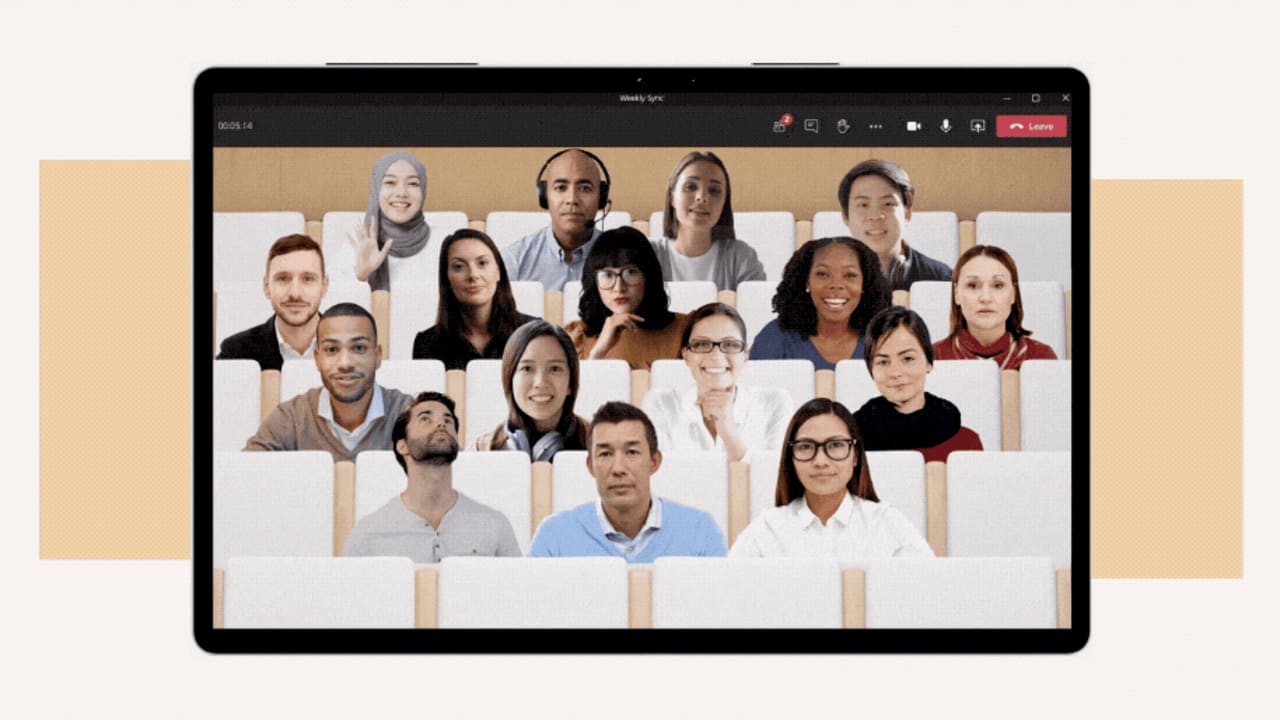Zoom fatigue or exhaustion is real and many of us are suffering from it since the emergence of work from home culture. Now that this culture has become an important part of our lives, we need to look for ways to reduce Zoom fatigue. Half of our work time nowadays goes in the office meetings, which makes up to 4 hours of calls and online meetings daily.
Zoom Fatigue is the word that has been added by the pandemic in our vocabulary and is giving real sufferings to many working from the desks of their home. The reason why zoom fatigues are noticeable and are causing exhaustion as many nowadays feel that online meetings are more tiring than face-to-face conversations. People feel like they have to make more emotional effort during online meetings via Zoom, Google Meet, Skype, and other video conferencing apps to appear interested.
Sometimes, a series of calls and meetings couldn’t let us move for hours and that leads to burning eyes, headaches, and exhaustion. Constant use of earphones, poor connection to the internet, switching between meetings and work are some key reasons behind feeling drained and worn out. Therefore, here we list a few ways to make your work from home a little less tiresome.
1. One thing at a time
Doing one thing at a time is a golden rule to follow. It helps us to retain energy for a longer period of time. Multi-tasking is not helpful, instead, it makes one fail because of a lack of attention to one thing. While handling multiple tasks, we end up draining our energy without even completing a single task.
We have developed this bad habit of scrolling other apps, while the meeting goes on in the background. If you dedicate all of your attention to the video call, it’s easier to follow along and you won’t be caught off guard. You don’t need to divide your attention span between sources of media in order to get tired. Doing tasks with low concentration can increase your workload and that can become a reason for stress later on.
2. Schedule breaks
If you have the charge to set your own schedule, then don’t make it a complex one. Don’t schedule one meeting after the other, try to keep a break between two meetings. A little time between important calls and meetings to wrap one meeting fully and preparing for the next one. If possible you should even set a limit on day-to-day meetings.
3. If not needed, turn off your camera
If it is not necessary to keep the camera on, while someone else is presenting you can turn it off to save your eyes from burning. In the meantime, you can move a little or do one or two exercises to loosen up muscle knots.
If the call continues on audio-only you can get yourself a glass of water while listening to others. You don’t need to get fatigued if you can turn your energy-saving mode on. It is not rude to ask for a break if you are feeling unwell to continue the meeting.
4. Replace meetings with written communication
Sometimes during video meetings, we miss out on important things when someone interrupts or brings another thing. We can jot down the important points in written communication to address them systematically. By making things clear in writing, a ton of meetings could be saved. This mode of communication saves a lot of time and we can communicate to the concerned person through this. Using this method, you can save yourselves from the inconvenience caused by poor network connectivity as it needs high-speed internet in video calls.
5. Set a motive for the meeting
If you are hosting the meeting, then you should have an agenda regarding the meeting. The reason for having a meeting must be clear to everyone so that there’s no ambiguity. Participants shouldn’t be clueless about what is going to happen, they need to have prior information about it.
When the session ends, the team leader might consider sending a short note to all the attendees. If needed, then only another meeting needs to be held regarding the same issue.
6. Hide your own video from yourself
When you’re speaking with someone in person, you are only seeing their face. On a video call, seeing yourself too while speaking is wrong. That also means that you’re more likely to pay attention to your facial expressions, what you’re wearing, or your general appearance rather than just focusing on the conversation. Not only does this distract from the conversation itself, but it can also make you feel rather self-conscious.

